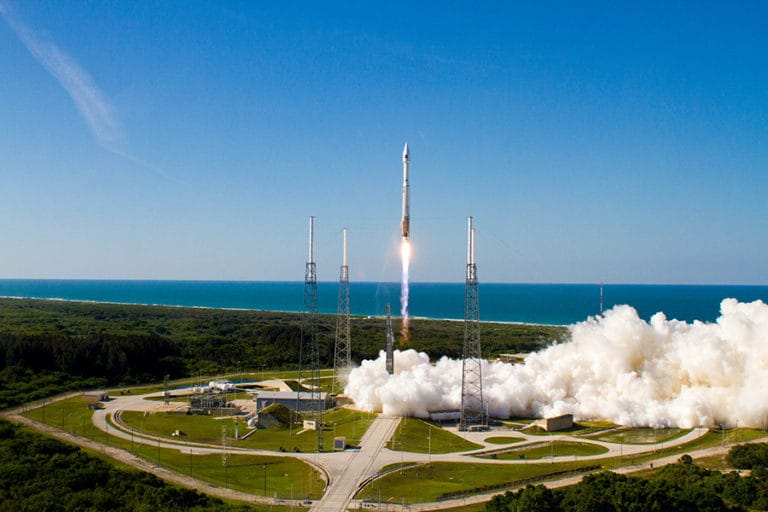On February 8, Space Exploration Technologies Corp., commonly known as SpaceX, executed another significant milestone in its efforts to provide global broadband internet coverage. The company successfully launched 21 Starlink satellites into low-Earth orbit from Space Launch Complex 40 at the Cape Canaveral Space Force Station in Florida. The launch occurred at exactly 2:18 p.m. EST aboard a Falcon 9 rocket, adding another chapter to SpaceX’s growing list of achievements.
This mission is particularly notable for the inclusion of 13 satellites equipped with the company’s groundbreaking Direct-to-Cell capability. This innovative technology is designed to enable direct connectivity to smartphones and other devices, even in areas where conventional cellular networks are unavailable. These advancements reflect SpaceX’s continued commitment to improving internet infrastructure, particularly for underserved or remote regions of the planet.
The Falcon 9 rocket used for the mission was highly experienced, making its 17th flight. This reusable first-stage booster had previously been employed in several other missions, including Crew-6 and O3b mPOWER launches. After lifting the Starlink payload into orbit, the booster returned to Earth and successfully landed on one of SpaceX’s drone ships stationed in the Atlantic Ocean—a key element of the company’s cost-effective approach to space exploration.
The Starlink program, introduced by SpaceX a few years ago, intends to create a global network of satellites offering high-speed, low-latency internet everywhere on the planet. It was initially targeted toward remote communities lacking internet connectivity. Over time, the focus has broadened to accommodate users from diverse environments, including urban and suburban areas where broadband speeds might often fall below expectations.
The Feb. 8 launch is more than just an effort to enhance internet access. It is a step towards realizing Elon Musk’s vision of establishing a more connected world by eliminating dead zones in internet and cellular services. The Direct-to-Cell service, which formed a part of this payload, is poised to expand telecommunications boundaries, offering reliable connectivity even in regions that traditionally posed a challenge—like seas or deserts.
Each of the 21 satellites launched also included upgrades enhancing durability and performance, reflecting a monumental leap in satellite technology. Although SpaceX has faced logistical challenges, including compliance with federal and international regulations, the company’s consistent success underscores its innovative approach and technical expertise.
Operations at Cape Canaveral benefited greatly from clear weather conditions, allowing SpaceX to proceed with minimal interruptions. Observers in nearby areas could witness the Falcon 9 streaking through the skies as it carried the payload into its initial deployment orbit.
Once operational, the satellites will join the existing constellation, providing faster and more reliable internet services. More importantly, what sets this mission apart is its embodiment of SpaceX’s goal of seamlessly integrating satellites into daily life, offering benefits beyond traditional internet services.
Over the next several years, the company plans to launch thousands of satellites, which together will form a mega-constellation. Already the world’s largest satellite network, Starlink represents an ambitious yet promising move to connect every corner of the globe.
While the company continues to address concerns about space traffic and orbital debris, it has also demonstrated a strong commitment to sustainability. Each new mission incorporates steps to ensure satellites are deorbited safely at the end of their functional lives. Such safety measures are essential as space becomes increasingly crowded with commercial, scientific, and government payloads.
In conclusion, the successful February 8 launch of 21 Starlink satellites is a crucial step forward for SpaceX and its transformative Starlink project. It reinforces the company’s reputation as a leader in advancing space exploration and telecommunications technologies. As the Falcon 9 soared into the skies of Florida, it carried not just equipment, but also the potential to reshape global connectivity.



